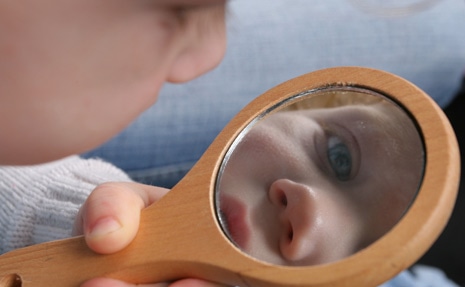When speaking with Heather McKenzie, a National Board-Certified Teacher in Literacy, on my “Empowering Women in Educational Leadership” November 22nd episode, she shared the fundamental fact that literacy opens doors. Many do not realize how essential literacy is at a young age! Let’s investigate this opportunity a bit further.
The Epiphany in Education
There is a magical moment in the journey of education, particularly poignant for young students. It’s the moment they bridge the gap between the abstract and the tangible in literacy. When the sounds they hear connect with the words they see, and those words begin to hold meaning. This is not just about reading or writing; it’s the dawn of understanding, a gateway to the vast world of communication.
Building Blocks of Literacy
Literacy is the bedrock upon which all other learning is built. It’s a complex skill, but the key to teaching it effectively is to break it down into manageable chunks. This means starting with the basics: the sounds that form words, the letters that represent those sounds, and the simple words that start to build a bridge to understanding.
The Power of Repetition
Young minds learn best through repetition. It solidifies concepts, making them familiar and easier to recall. Repetition in literacy could mean reading the same story multiple times, practicing the same set of words in different contexts, or repeatedly writing letters and words. This reinforcement is crucial in helping students internalize the fundamentals of literacy.
A Multi-Sensory Approach
Engaging all the senses is vital in teaching literacy. Visual elements like colorful books and interactive whiteboards capture the students’ attention. Tactile activities, such as tracing letters in sand or shaping them with clay, reinforce learning by involving the sense of touch. Auditory learning comes from listening to stories and sounds, while kinesthetic activities involve movement, like forming letters with body gestures or playing games that require physical action related to words.
The Eureka Moment
The most rewarding part of teaching literacy is witnessing the ‘eureka’ moment. It’s when a child’s eyes light up with the realization that they can decode the symbols on a page to make sense of the words. This moment signifies more than just the ability to read or write; it’s the unlocking of a world full of possibilities, where stories come alive, and knowledge becomes accessible.
Literacy: A Gateway to the World
Once the door of literacy is opened, the world becomes a richer place for these young learners. They start to explore, question, and understand the world around them. They can communicate their thoughts and feelings, comprehend others’ ideas, and start on a path of lifelong learning.
Conclusion: Celebrating the Journey of Literacy
Literacy is indeed a journey – one that opens countless doors to learning and understanding. It’s a foundational skill that sets the stage for academic and personal success. As educators and parents, our role is to guide, support, and celebrate each small step and every big leap in this journey. The path to literacy might be complex, but with patience, creativity, and a multisensory approach, we can light the way for our young learners to discover the incredible world of words and beyond.
For support in your journey in education, reach out to me for a free consultation at www.drstephanieduguid.com, I would love to help you!





